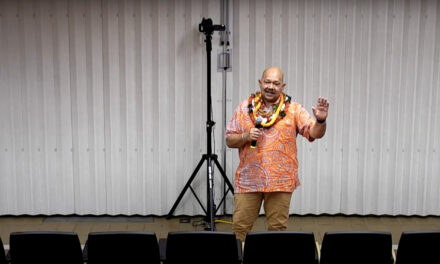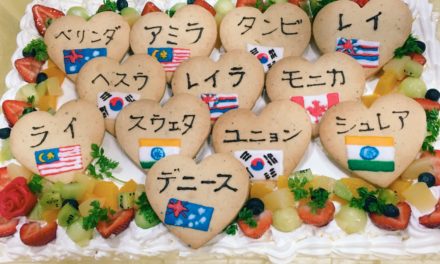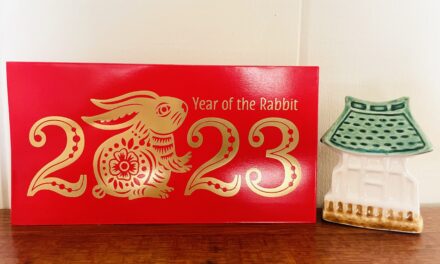BY KAYLA VALERA | STAFF WRITER
Hōkūleʻa’s historical voyage around the world has garnered worldwide recognition throughout the past three years since its departure in May 2014. It was this past Saturday, June 17, that came the closing of this project, Mālama Honua, as the double-hull canoe made its way back home to Oʻahu at Magic Island Beach Park.
According to its official website, the Hōkūleʻa has reportedly covered 60,000 Nautical miles, visited 23 nations and territories, and docked at 150 ports throughout the span of its epic travels of three years. This feat is the first of its kind in terms of modern-day navigation.
“These canoes were built to go over the horizon and explore what is out there,” Bruce Blankenfield, director for the Hōkūleʻaʻs worldwide voyage, told Hawaiʻi News Now. “So, that’s what they did for thousands of years, and that’s what we are still doing, because the Malama Honua voyage – it’s a vision.”
Thousands of locals and tourists attended the homecoming event – some even camped out as early as 4 a.m. in order to secure a spot along the Ala Wai boat harbor to see the incoming canoes that accompanied the Hōkūleʻa. This was the case for Lokai Kukahiko, a U.H. Hilo student who grew up on Oʻahu and has always felt a deep connection with her Hawaiian culture.
“I feel like the Hōkūleʻa is beneficial to Hawaiian culture because it’s bringing back navigating practices and making pathways for younger kids to learn about ancient wayfinding techniques,” said Kukahiko. She and her family also came early to the event to set up their own canoe along the channel.
Kukahiko’s uncle, “Uncle Scotty” Garloh, explained the significance of the event on his life and its message, as well as his own role in the nature preserve of Kokua ʻĀina in Kalihi Valley.
“When the Hōkūleʻa first sailed in 1976, I was only nine years old. I knew about it but it didn’t matter too much to me because I was so young,” said Garloh. “If anything, it was what happened to Eddie [Aikau] that really impacted me– that tragedy was huge. Since then I started to get more active [in the Hawaiian community]. I’m more of a mauna [mountain] person now, since I take care of the mauna in Kalihi with Kokua ʻĀina, but I like to return to the kai [water] sometimes.”
Garloh explained that the canoe he and his friends and family brought to the event was actually made of the invasive tree species, Albizia, which the mountains he maintains are abundant of. Garloh believes that showing aloha [love] to these non-native plants is the best method of handling them. Demonstrating this, Garloh decided to give new life to the Albizia tree by respectfully turning it into a canoe.
Kukahiko and her uncle celebrated the Hōkūleʻa homecoming by drinking the traditional Hawaiian drink ʻawa, which is only drunk at special ceremonies, once a new canoe passed through the channel. The order that these preceding canoes of the Hōkūleʻa came in are as follows: Nāmāhoe, Makaliʻim Okeanos Marshall, Hikianlia, Moʻokihia o Piʻilani, Hawaiʻi Loa, Faʻafaite.
The duration of the homecoming ceremony and celebration was filled with performances done by local entertainers from 1 p.m. until 5:30 p.m, when the entire event closed with the gathering of people singing “Hawaiʻi Aloha.”
Following the success of Hōkūleʻa’s great journey, the Mālama Honua Fair and Summit will take place from Sunday, June 18 to Tuesday, June 20 at the Hawaiʻi Convention Center and will showcase speakers and navigators on behalf of the Hōkūleʻa voyage. Admission is $125 and the summit will run from 10 a.m. to 4 p.m. To learn more about this event, visit the official website here.






